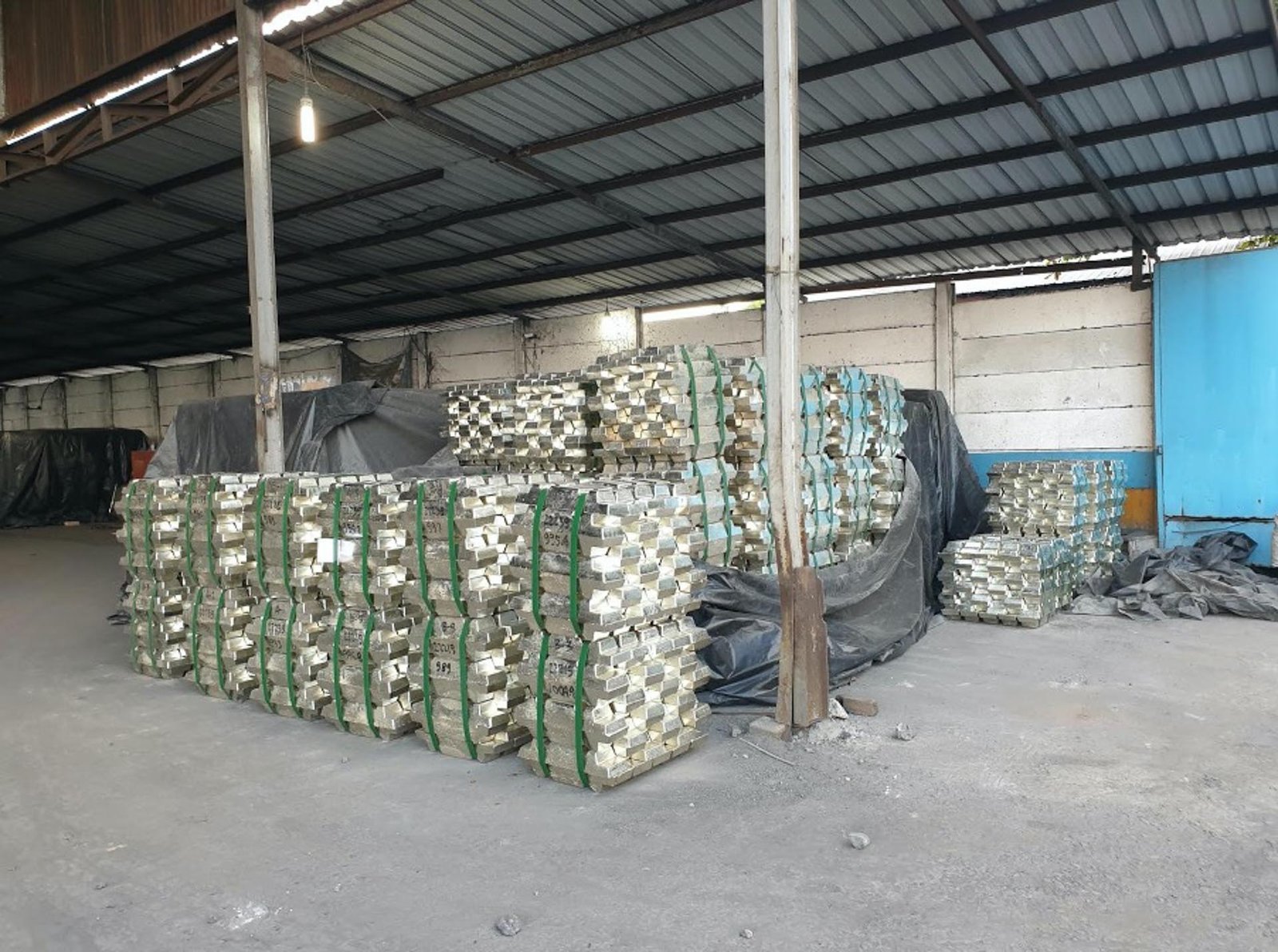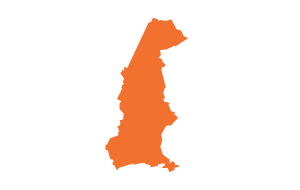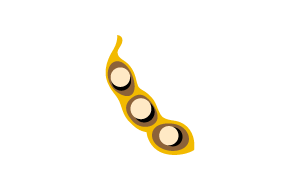GLOBAL COMMODITIES
Tin
Tin in Indonesia
Indonesia contributes significantly to the global distribution of tin. It is the world’s top exporter of tin, second-largest producer after China which contributes to nearly 30% of the world’s refined tin, and also a home to a considerable amount of tin reserves. Indonesia’s tin was first commercially extracted and produced by VOC back in the 18th century. The governance of tin mining in Bangka Belitung was characterized by monopoly and centralization of the management. The profit from the mining was regularly directed to the center at the expense of the local community and government elite. The company signed a contract with the Sultan of Palembang for the monopoly of tin resources. This agreement stated that all tin products from Bangka had to be sold to the VOC with a predetermined price. This marked the introduction of Bangka’s tin to the global economy.
Local people did not have the right to sell their tin in the free market. As an implication, the number of smuggling businesses was increasingly growing as a resistance against the financial loss on the tin miners derived from the monopoly. The price discrepancy between the VOC and the free market was quite high as well, providing more incentives for the furious people to smuggle and sell their tin products to other buyers.
The monopoly continued during the Dutch colonial period and made tin a strategic, state-controlled commodity. Years following several revolts, traditional elites whose political and economic position was marginalized by the Dutch administration obtained the management of tin mining to the Banka Tin Winning (BTW) under the Dutch government. With BTW in power, managing tin exploitation and enormous profit out of it became prioritized agendas rather than developing the local economy.
Following Indonesia’s independence in 1945, BTW as a previously Dutch-owned company was nationalized into PN Timah, later PT Timah, with the same monopolistic model. Tin continued to be considered as a national strategic commodity whose exploitation and trade should be controlled by the state. The benefits from the mining continued to flow to the center, leaving the locals with less economic gains. Whoever mines the tin without a license or stores and smuggles tin to outside Bangka without permission, would be punished. The government even deployed military power to protect the mining sites and its activities.
In 1997, Indonesia experienced a financial crisis followed by the reform era. This political turmoil significantly altered the governance of tin in Bangka Belitung. Through the decree of the Minister of Trade and Industry no. 146/1999, tin was no longer categorized as the state’s strategic commodity whose mining and trade had to be supervised by the central government. The autonomy of the regional government gave birth to the significant number of people’s mining. In many cases, people did not obtain licenses and performed mining in almost every region of Bangka Belitung. Traders were also free to sell tin ores abroad with the absence of any regulation related to it. In 2013, there were 80 dredges and 3,600 floating tin miners offshore Bangka. Up to 2015, there were 1,351 unconventional mining areas within PT Timah’s area, excluding others outside. At the same time, there were between 15,000 and 50,000 local, unconventional tin miners and approximately 30 independent smelters in Bangka Belitung. This trend is increasing due to high commodity prices and growing demand for the digital and energy transition.
As a response to the uncontrolled mining and issues that follow, the government decided to take back the authority of issuing mining licenses to the central. In 2009, the central government passed the Law on Mineral and Coal Industries No. 4, aiming to re-centralize control over tin supply chains. One among the most significant implications is the ban of export of unprocessed and semi-processed tin ores from Indonesia. The objective is to boost development of Indonesia’s smelting capacity, so that local players as the exporter of materials might level up their positions in the tin value chain. Reducing the nation’s dependency on raw materials exports was also among the goals. Central government, through the Ministry of Energy and Mineral Resources and the Ministry of Trade, play a significant role in issuing licenses and export permits which adopt sustainable tin sourcing. These were done to control the quality and source of tin that the companies export.













